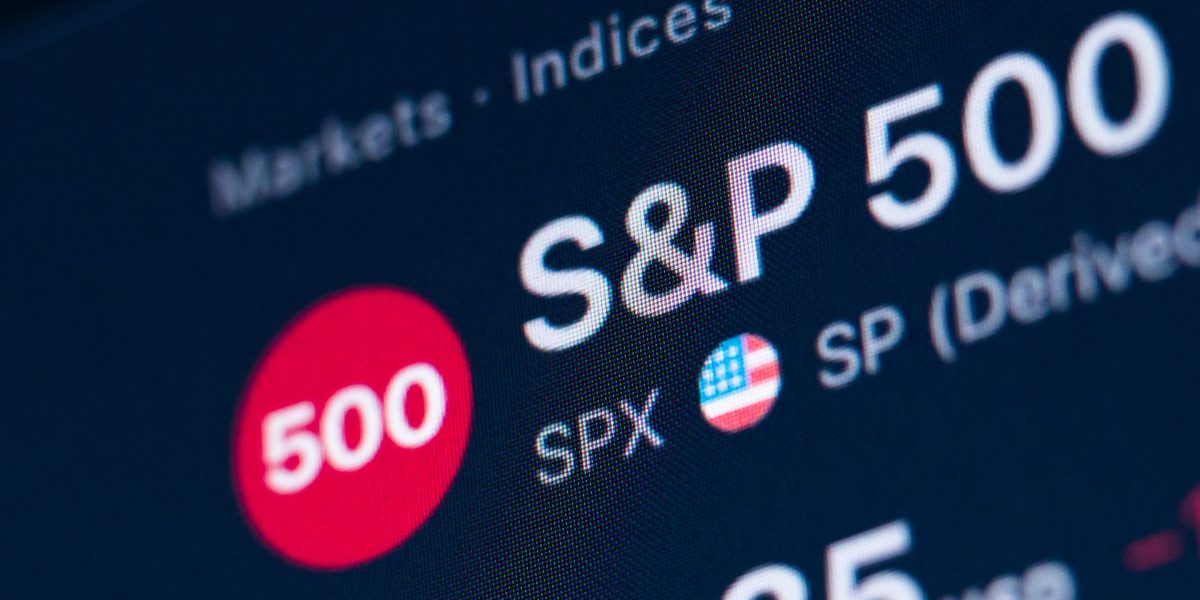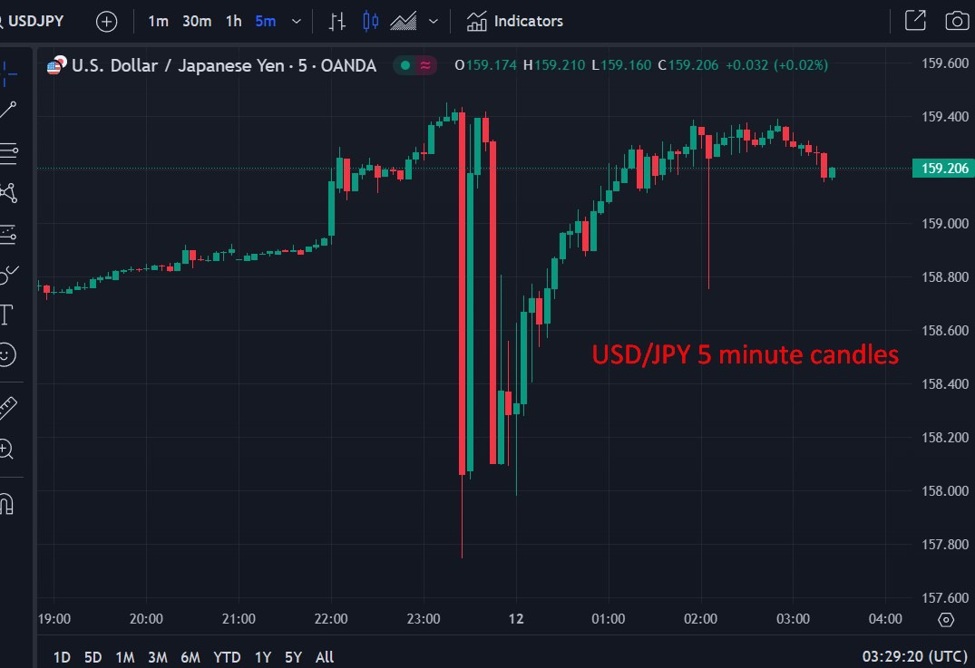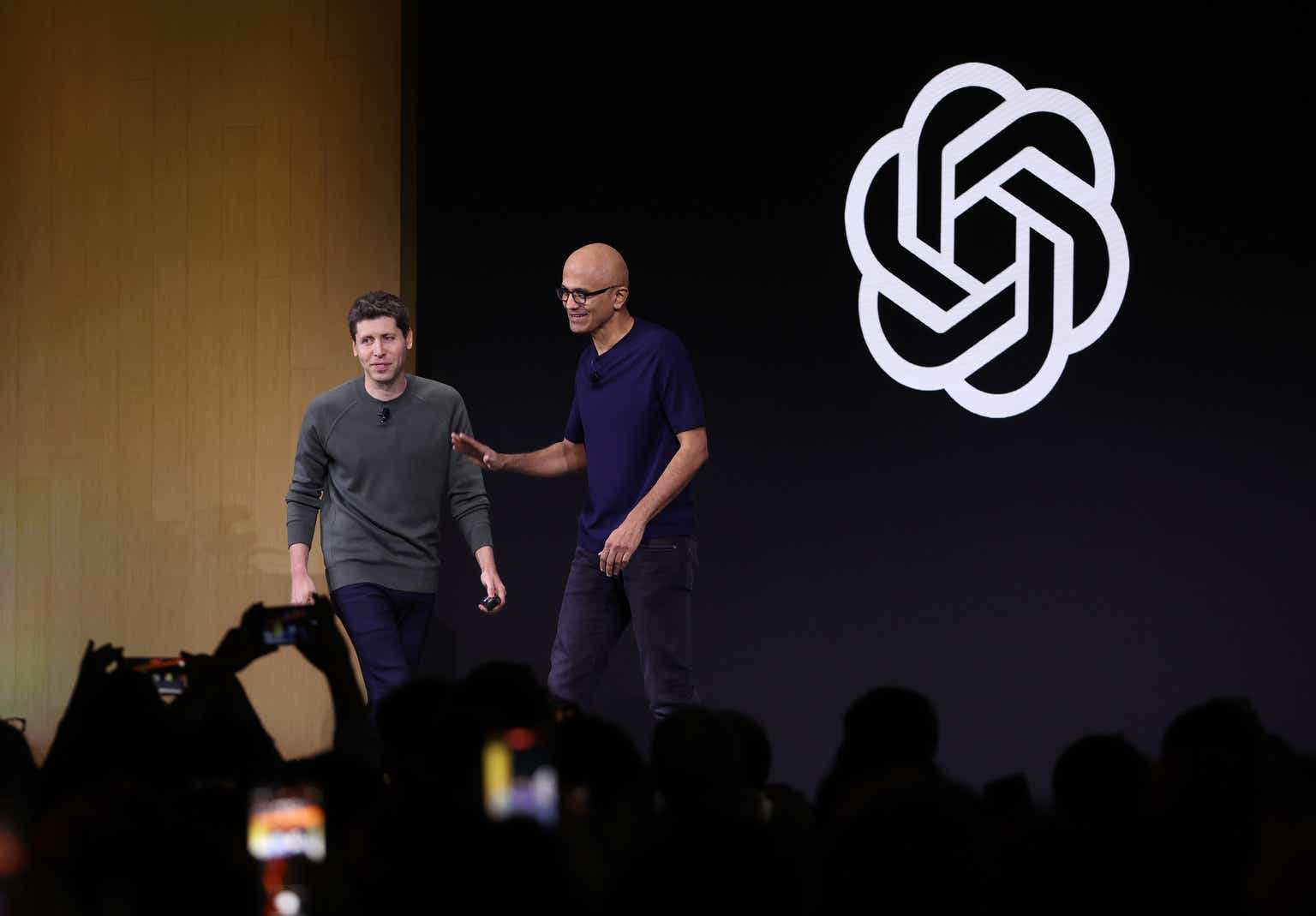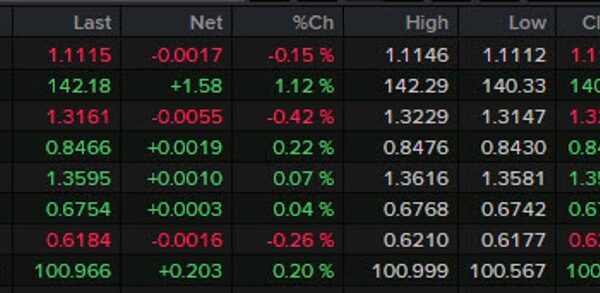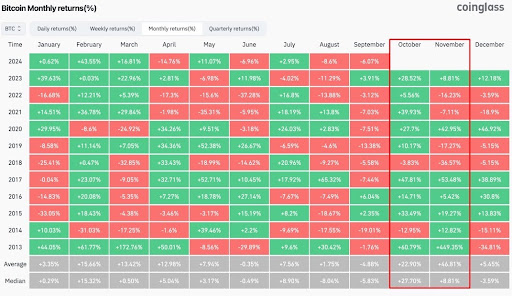

The Magnificent Seven may be getting most of the credit for driving the S&P 500 to ever greater heights this year, but investors’ obsessions with this small group of big name tech stocks may be wearing off, according to Bank of America.
The Magnificent Seven—the movie-inspired name for Alphabet, Amazon, Apple, Meta, Microsoft, Nvidia, and Tesla—have been responsible for a good portion of the S&P’s big surge this year, with Nvidia alone accounting for a third of the S&P’s gains. But BofA analysts expect the “Other 493” to get in on more of the action as second quarter earnings get underway.
“Growth is broadening out and so should the market,” analysts Ohsung Kwon and Savita Subramanian wrote earlier this week.
In fact, for the non-Magnificent Seven stocks, earnings growth is forecast to be 6% annually over the second quarter of 2024, 7% over the third, and 13% over the fourth. At the same time, BofA expects growth for the Magnificent Seven to stall in the second quarter, meaning overall, the analysts expect “a typical 2% beat” for S&P 500 earnings per share in the second quarter, “in line with the historical average” but the smallest since the last quarter of 2022.
BofA explains that while tech companies cut costs—through layoffs and other avenues—in 2023, allowing their earnings to recover, the other 493 are starting to lay off more workers now, “which suggests that there is more cost cutting to be had in the non-Tech space,” the analysts write.
“We believe the cost cutting efforts should lead to better margin upside for the other 493 in 2024-25,” they continue.
Alphabet, Amazon, Apple, Microsoft, Meta, and Nvidia have all outpaced the S&P 500 since the start of the year, with Tesla falling short but picking up stream in recent days. The dominance of such a small group of companies has some investors worried. As noted at the end of June by Apollo Global Management chief economist Torsten Sløk, the top 10 companies in the index make up 35% of the market cap and 23% of the earnings. That makes the S&P 500 “more vulnerable” than it has in decades.
“The problem for the S&P 500 today is not only the high concentration but also the record-high bullishness on future earnings from a small group of companies,” Sløk wrote.

